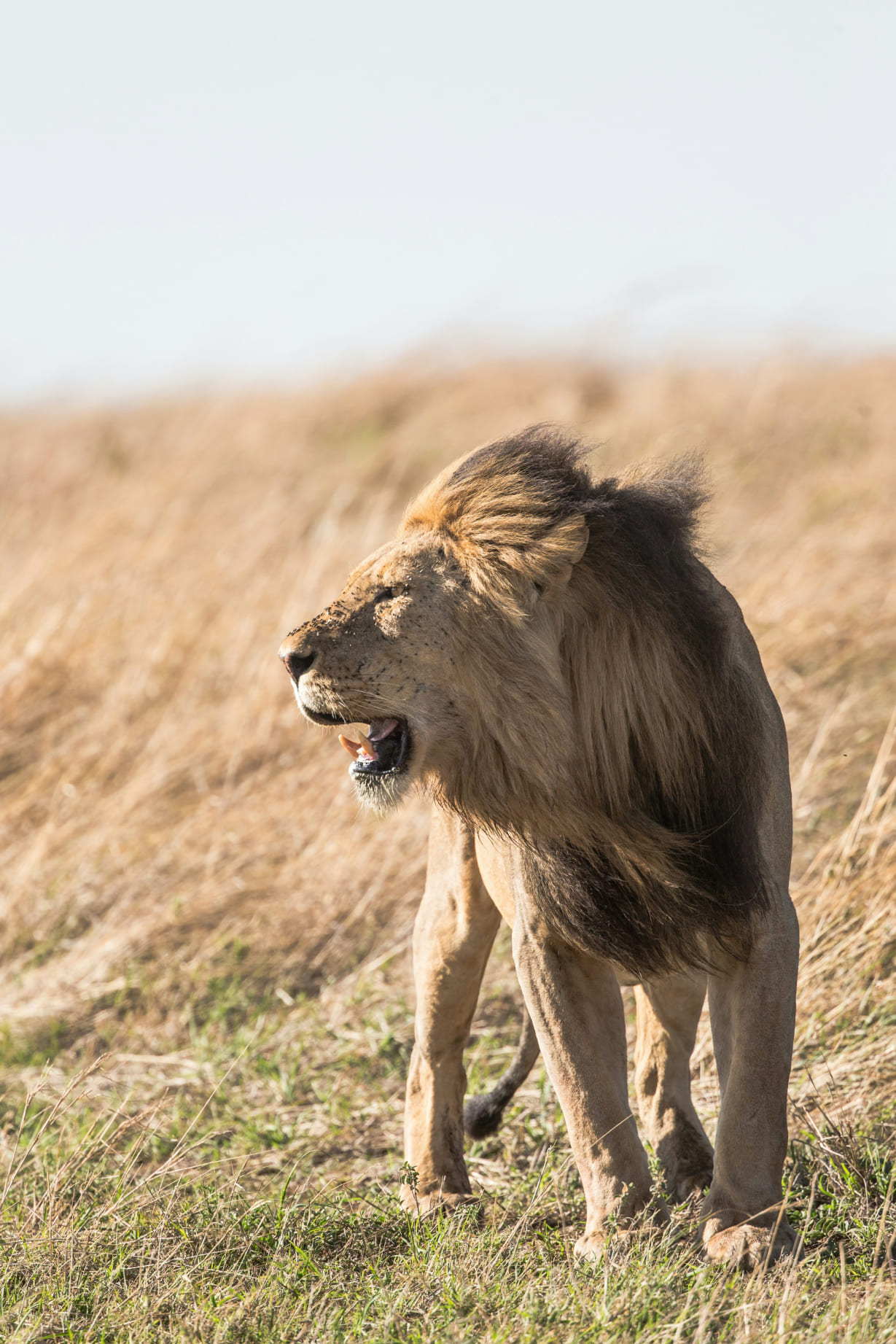- Ward 36 Ward 7 Ward 5 Ward, Kudopar, Madhya Pradesh 480874, India
- Mon - Sat: 8am - 5pm
- +917878486679
Animals

Lion: The King of the Jungle Under Threat
Lions, long regarded as symbols of strength and majesty, face mounting challenges that threaten their populations across Africa and Asia. The loss of natural grasslands, driven by agriculture and urban expansion, has drastically reduced their habitats. With less territory and fewer prey animals like antelope and zebra, lions are forced to hunt livestock, sparking conflicts with farmers who view them as threats to their livelihoods.
Another significant threat to lions is poaching. Although lion hunting is illegal in many areas, trophy hunting and the illegal trade in lion bones—used in traditional medicines—continue to pose a threat. As populations shrink, genetic diversity also declines, making it harder for lions to adapt to new environmental challenges.
Conservation initiatives are vital to safeguarding lions. Wildlife reserves and protected areas offer safe habitats, while programs to educate local communities on coexisting with lions help reduce retaliatory killings. Some conservationists are working to reintroduce lions to areas where they’ve disappeared, aiming to restore ecological balance. Protecting the "king of the jungle" requires coordinated global efforts to ensure that lions continue to thrive in the wild, symbolizing both the power and fragility of nature.
